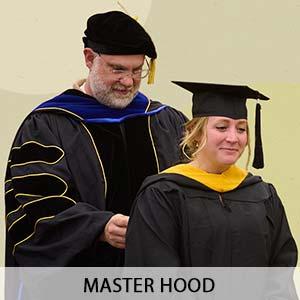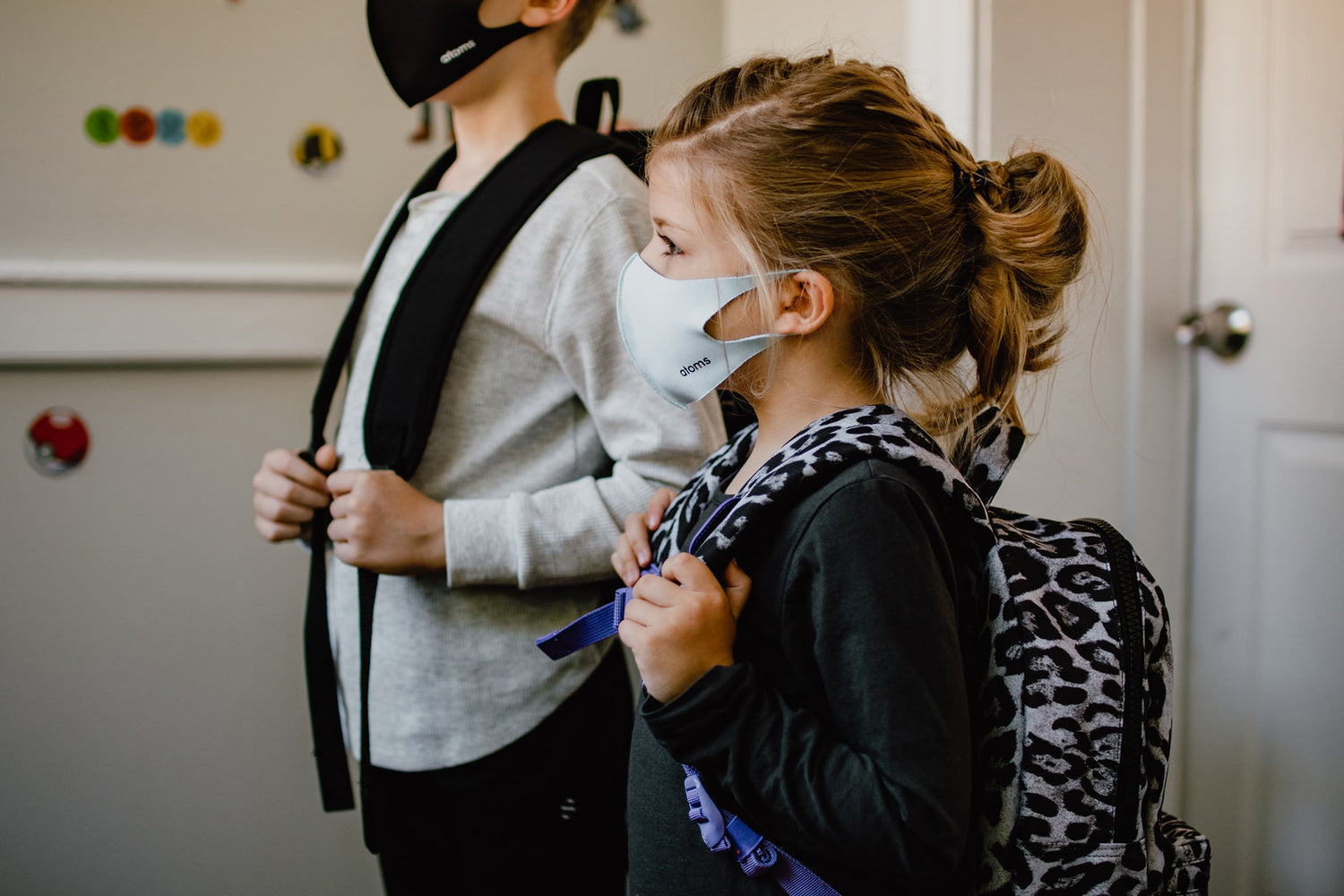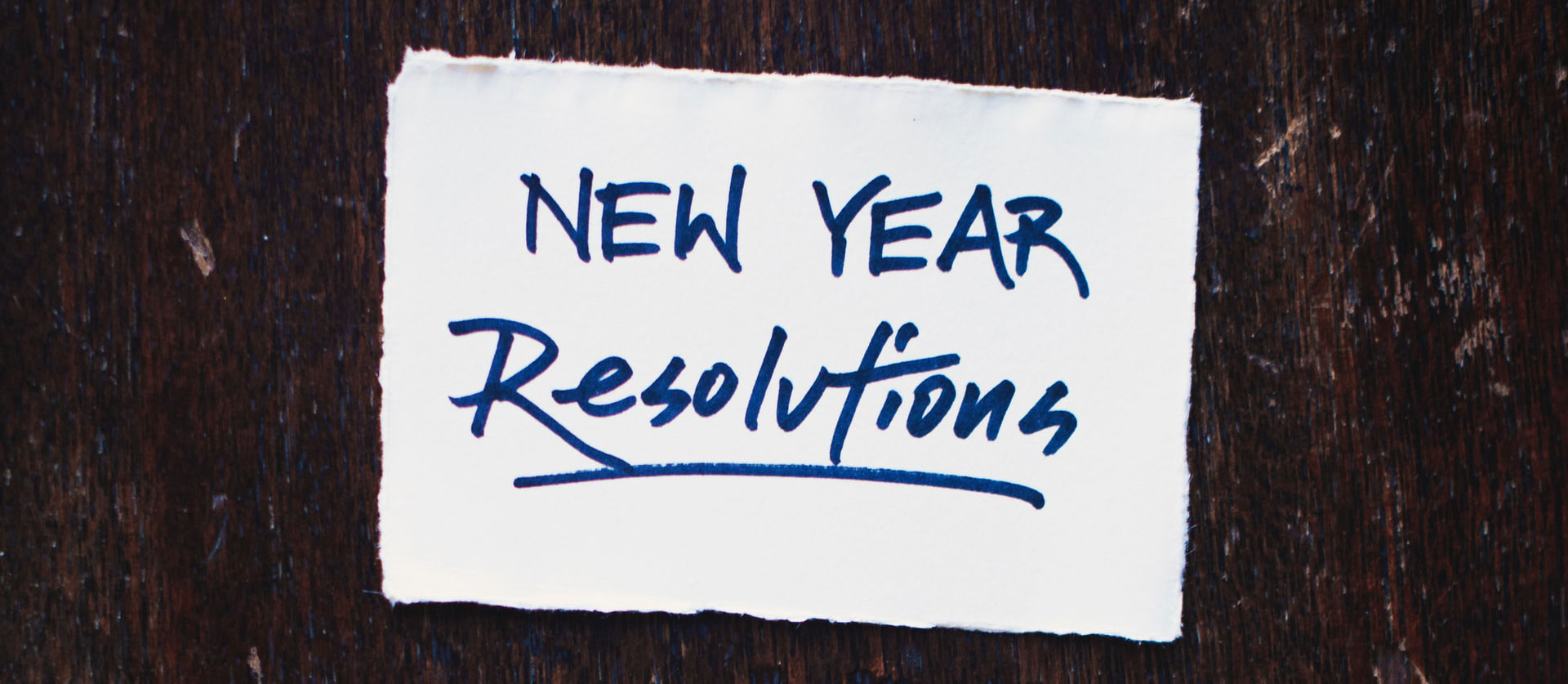Time is passing, this is the second year of the COVID-19 pandemic, lifestyles worldwide have changed.
Among many things, there has been much questioning about whether children and adolescents should go back to school or continue studying at home. Education systems around the world, in many cases, have had to innovate and develop new ways of continuing to teach the world's children and young people.
Global Protection Children has developed a practical guide to back to school, which is published on its website, taking into account that more than 90% of the world's student population has been affected in their education by the pandemic in 2020. This sector of the population has also been affected by global socio-economic problems, making them the most vulnerable and susceptible sector of society as a whole.
Michael R. Bloomberg, founder of Bloomberg LP and Bloomberg Philanthropies, today joined Dr. Tedros Adhanom Ghebreyesus, Director-General of WHO, to develop programs and procedures and take urgent steps to make the imminent and necessary return of students to the classroom as safe as possible. Among these measures, it calls for tackling non-communicable diseases such as diabetes, hypertension, heart disease, cancer, and respiratory diseases.
The reason for these measures? About 74% of deaths in the general population caused by COVID-19 have occurred in people with one of the above diseases. With this, governments around the world are urged to develop public policies to address this type of disease.
For its part, UNICEF has expressed its position at the beginning of the year, and its website states that it is essential to prioritize efforts to return to face-to-face education in the best possible conditions of security. In their January 2021 publication, they quote: The impact of school closures has been devastating worldwide, affecting the learning, protection, and well-being of children and adolescents.
A month earlier, UNESCO published a bulletin entitled: Education in people and transmission of COVID-19, Review of the Evidence. The report concludes: While evidence continues to emerge regarding the effects of face-to-face education on the risk of COVID-19 infections, a review of the current evidence shows that face-to-face education does not appear to be the primary promoter of increases in infection, students do not appear to be at increased risk of infection compared to not attending school when mitigation measures are in place, nor do school staff appear to be at increased relative risk compared to the general population. On the other hand, it is important to note that in most cases schools have reopened along with the implementation of various mitigation measures, and some of the early research reviewed was collected in the context of relatively limited school reopenings.
Global Education Cluster suggests emphasizing the following aspects once students return to class:
- Monitoring, assessing, accountability, and focus on learning.
- Health, nutrition, water, sanitation, and hygiene.
























Leave a comment
This site is protected by hCaptcha and the hCaptcha Privacy Policy and Terms of Service apply.